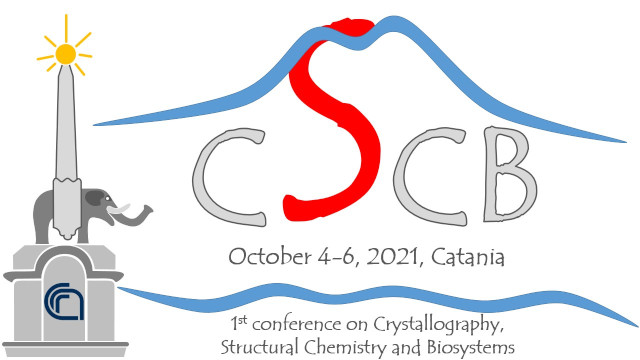Speaker
Description
Neurodegenerative disorders are mainly protein aggregation diseases widespread in the elderly, yet onsets in youngsters are not unheard of. The complexity also arises from their association with each other. For example, a linkage was established between Alzheimer’s disease (AD) and Diabetes mellitus type 2 (T2DM). Studies have shown the increased prevalence of dementia in diabetic vs. non diabetic patients. Cognitive dysfunction is associated with hyperglycemia, hypoglycemia and insulin resistance all of which are factors associated with T2DM. Both diseases decrease the quality of life and impose a huge financial burden on the healthcare system (1).
The Insulin degrading enzyme (IDE) is a zinc metallopeptidase (2,3) that targets proteins with a size limit of 40-50 amino acid residues. This enzyme is involved in protein clearance which is a crucial step in avoiding the pathological consequences of protein aggregation. IDE is linked to T2DM (4) as it mainly targets insulin, but it is also able to degrade other endogenous small peptides. One of them is Nociceptin/orphanin (OFQ/N) (5,6) , a 17 amino acid neuropeptide involved in pain transmission and brain disorders such as AD. Interestingly, amyloid beta (Aβ) one of the main proteins linked to AD is also degraded by IDE (7). Hence, a possible indirect link between T2DM and AD can be established through studies of IDE, insulin and OFQ/N.
In this study, mass spectrometric approaches were utilized to establish the hydrolysis pattern of OFQ/N1-16 peptide in the presence of IDE. Moreover, the effect of the insulin co-incubation on the hydrolysis of OFQ/N1-16 peptide was monitored. The experiment revealed the clear preference of insulin over OFQ/N as a substrate of IDE, and the potential role of T2DM in pain transmission.

